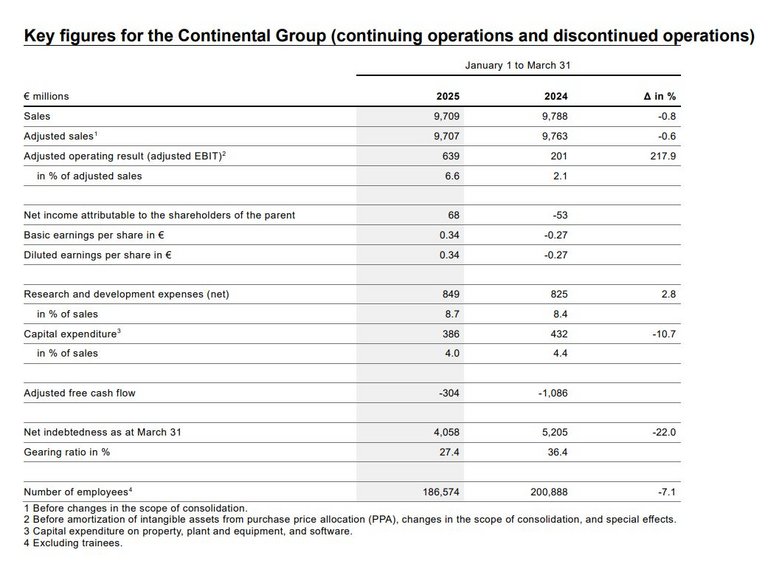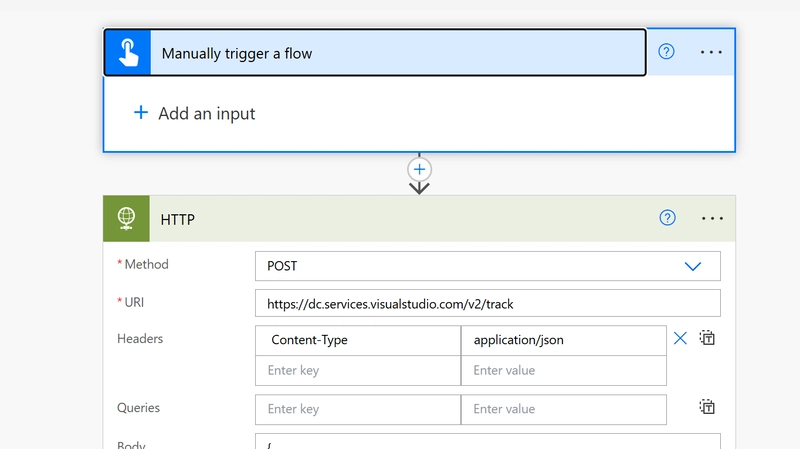Instance vs Class Method in Ruby ✏️
✅ Instance Methods Are called on instances (objects) of a class. Use a single def keyword, like def method_name. Operate on data stored in the object (i.e., instance variables like @name). class Dog def initialize(name) @name = name end def speak "Woof! My name is #{@name}" end end dog = Dog.new("Fido") puts dog.speak # => "Woof! My name is Fido" ✅ Class Methods Are called on the class itself, not instances. Use self. prefix in the method name, like def self.method_name. Often used for utility methods or constructors. class Dog def self.species "Canis familiaris" end end puts Dog.species # => "Canis familiaris" Here’s an example showing both instance and class methods in a single Ruby class: class Dog @@count = 0 # class variable to track number of dogs def initialize(name) @name = name # instance variable @@count += 1 end # Instance method def speak "Woof! My name is #{@name}" end # Class method def self.total_dogs "There are #{@@count} dogs." end end # Creating instances dog1 = Dog.new("Buddy") dog2 = Dog.new("Max") # Calling instance methods puts dog1.speak # => "Woof! My name is Buddy" puts dog2.speak # => "Woof! My name is Max" # Calling class method puts Dog.total_dogs # => "There are 2 dogs." Dog.new("Buddy") creates an instance and runs the initialize method. @name is an instance variable: each dog has its own. @@count is a class variable: shared across all dogs. speak is an instance method. self.total_dogs is a class method, giving information about the class as a whole.

✅ Instance Methods
- Are called on instances (objects) of a class.
- Use a single
defkeyword, likedef method_name. - Operate on data stored in the object (i.e., instance variables like
@name).
class Dog
def initialize(name)
@name = name
end
def speak
"Woof! My name is #{@name}"
end
end
dog = Dog.new("Fido")
puts dog.speak # => "Woof! My name is Fido"
✅ Class Methods
- Are called on the class itself, not instances.
- Use
self.prefix in the method name, like defself.method_name. - Often used for utility methods or constructors.
class Dog
def self.species
"Canis familiaris"
end
end
puts Dog.species # => "Canis familiaris"
Here’s an example showing both instance and class methods in a single Ruby class:
class Dog
@@count = 0 # class variable to track number of dogs
def initialize(name)
@name = name # instance variable
@@count += 1
end
# Instance method
def speak
"Woof! My name is #{@name}"
end
# Class method
def self.total_dogs
"There are #{@@count} dogs."
end
end
# Creating instances
dog1 = Dog.new("Buddy")
dog2 = Dog.new("Max")
# Calling instance methods
puts dog1.speak # => "Woof! My name is Buddy"
puts dog2.speak # => "Woof! My name is Max"
# Calling class method
puts Dog.total_dogs # => "There are 2 dogs."
-
Dog.new("Buddy")creates an instance and runs the initialize method. -
@nameis an instance variable: each dog has its own. -
@@countis a class variable: shared across all dogs. -
speakis an instance method. -
self.total_dogsis a class method, giving information about the class as a whole.














































































